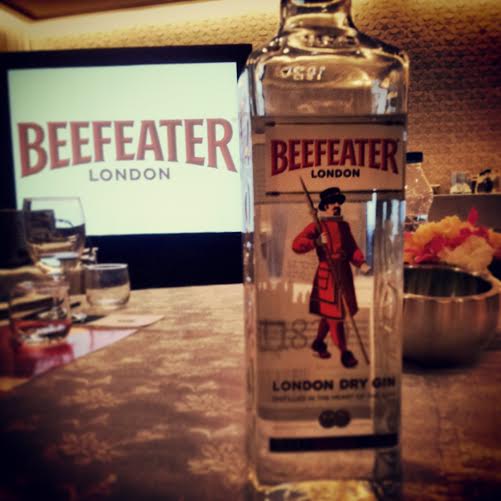The Gin Diaries
I love gin. I think it is one of the most under rated spirits out there, and especially so in India. Local variants didn’t ever help matters; vile potent stuff where, any resemblance to the original was purely coincidental. Perhaps I exaggerate, but only a bit.
I like gin for how simple a drink it seems, and yet there’s such complexity to how it is made. Interacting with Tim Stones, the Brand Ambassador of Beefeater gin, during his recent visit made me reminisce over my love for this beverage all over again.
It was fun chatting with Tim, not in the least because I was happy to discover that he will fight anyone who thinks a vodka martini is a thing. It almost provided a sense of vindication given how I too had once taken it upon myself to fight this war. (Here’s something that might explain why one version is more hallowed than the other Bluffer’s Guide to Martinis)
A while ago I wrote a piece called The Bluffer’s Guide to Gin for GQ India. I’m sharing a few excerpts along with all I learnt at the Beefeater tasting and hoping that this will give some perspective the next time you’re served a Gin & Tonic.
So what goes into the making of a gin?
At its most basic, gin is a spirit distilled from grain. But what sets a gin apart from other clear spirits are Juniper berries. These tiny little beads (which are rather temperamental and hate being cultivated) are what defines all gins. Junipers along with other ingredients called botanicals give gin its flavour.
Each brand uses different botanicals (and thus a different recipe) to create its gin. Beefeater for instance uses 9 botanicals – juniper, coriander seed, Spanish lemon peel, Seville orange peel, licorice, powdered almond, angelica root, angelica seed, and orris root (of the iris flower). Quite a mix there; makes you wonder what pharmacist James Burrough (founder of Beefeater) was thinking when he first put these together!
All these botanicals are mixed in a pot still with water. Neutral spirit is added and the concoction is left for 24 hours to draw out the oils. Then it is redistilled. It takes 9 botanicals, 5 pot stills and 2 ‘blokes’ to make 30 million cases of Beefeater a year – the largest production of premium gin in the world (and most awarded I was told).
Tim guided us through a comparative tasting of three gins – Beefeater, Gordon’s, and Bombay Sapphire. All three London Dry gins (within the same price segment), but each with remarkably different flavours. By definition a London Dry gin is not allowed to add any flavouring agents after the distillation process. The Plymouth Gins, Genever and Old Toms are the other types.
Beefeater24 is the next level of their premium gin made using 12 botanicals. Chinese green tea, Japanese sencha tea and grapefruit peel are the three additional botanicals that go into this. It isn’t available in India yet, but will hopefully get here soon.
But even as more premium gins make their way here, what I’d really like to see are some better tonics. But more on that later.
(Did you know that the famous G&T found its beginnings in Indian colonial camps? Find out more here – http://bit.ly/1gLdTet)


Awaiting your piece on tonics. And on good tonics that are available in India.
Also, do you want to mention India’s Blue Riband at all?
[…] guessed by now that I have a soft spot for gin. I’ve already given you a Gin101 of sorts in The Gin Diaries explaining juniper, botanicals and the styles of gin. So on #WorldGinDay, here’s a little […]